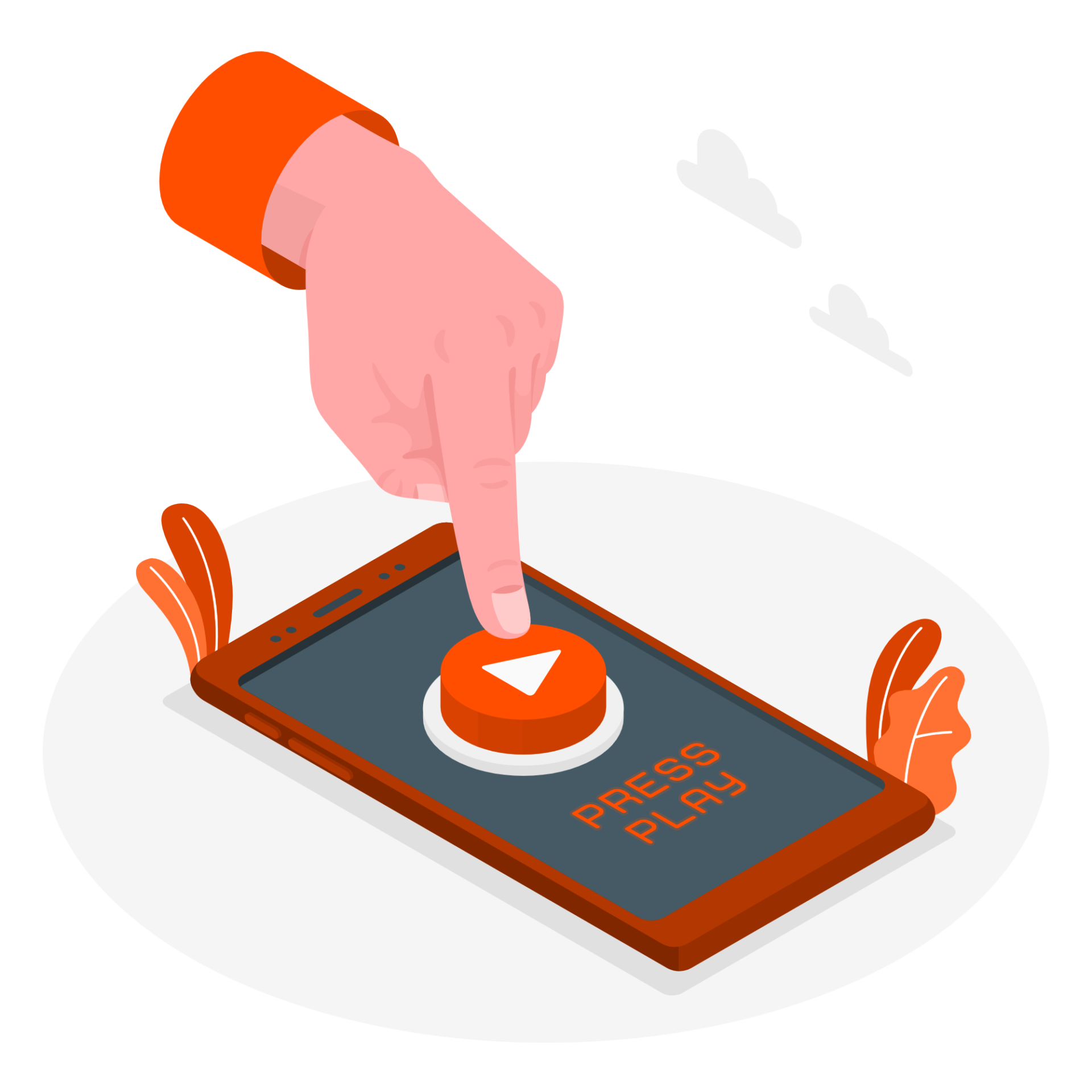What is Web 3.0? Are we facing another Internet revolution?
In order to properly understand what changes Web 3.0 will bring, it is worth first briefly tracing how the Internet looked in the past and what it looks like today.
Web 1.0 and 2.0, or a brief history of the Internet
The first period of the global web was from 1983 to about 2005. This period is referred to as the Web 1.0. The first Internet was primarily static (hence the term Static Web, often used in English). What this means. During those years, the Internet was primarily used to receive information. Internet users had little opportunity to interact with the websites they visited. Their role was, for good measure, limited to reading and possibly downloading information. There was no social media, and the first systems enabling quick communication between users – such as IRC – were only just developing. Additionally, searching for needed data was a big problem (let’s recall that Google was created only in 1998).
This period could not last forever, because the 1.0 network could not respond to the growing needs and interest of users. And so, around 2005, the period of the interactive or social Web, or Web 2.0, began.
THE FIRST BIG REVOLUTION: WEB 2.0
The time has come for co-creation and interaction with the web from ordinary users. This was made possible primarily by new programming languages and technologies such as JavaScript and HTML5. Web 2.0 is the Internet as we know it today.

Let us cite some important dates at this point. In 2003, WordPress was created, a CMS that opened the way for casual users to freely create websites and blogs (even in 2021, more than 42% of all websites on the web are built on WP). In 2004, Facebook was created. A year later – YouTube. In 2006, we saw Twitter. The Internet has become open and interactive. We don’t just browse sites anymore. We can add our own content, publish our websites and blogs, comment, chat and rate.
But today, we can do more than that. Technologies such as artificial intelligence, machine learning, blockchain and the Internet of Things (IoT) are available. Admittedly, these solutions are just developing, but we already know that their potential is very high. Therefore, we expect that we are standing on the threshold of the next revolution, which will be possible precisely thanks to these modern technologies.
Is Web 3.0 coming? Or is it already here?
Web 3.0 is either already here or will be here in a moment. Why can we say that? Because the technologies that make this new web possible already exist. Some even argue that it already exists. It’s probably impossible to decide at this early stage. If Web 3.0 has already arrived on our doorstep, it’s very recent, and the Web is only just beginning to take shape.
What technologies will influence what Web 3.0 will look like in the coming years?
- BLOCKCHAIN
First, Network 3.0 will be decentralized (no central management units). Solutions such as P2P (peer-to-peer) known for cryptocurrencies and file sharing will be implemented across the network in fact. This will enable greater anonymity, transparency and security of both data and communication between users. You may not even have to rely on network providers or telecom operators to use Web 3.0 resources. - ARTIFICIAL INTELLIGENCE AND MACHINE LEARNING
Second, Web 3.0 will be even better at reading and responding to user needs and intentions. Chatbots and other intelligent assistants will be much more advanced than they are today, and search engines and websites will present content much better tailored to the specific user (and not just the query they provide). A good example of this is the Netflix platform, which has used machine learning with great success to present users with suggestions for movies and series that a person should like. In Web 3.0, both websites and mobile/web applications will have access to global big data resources that they can properly understand and use. - THE WEB OF THINGS
IoT is already finding many fascinating applications, both in private homes and in large manufacturing plants. A classic example is smart refrigerators (the first such refrigerator was created in, mind you, 2000). These fridges allow you to download recipes, connect to your smartphone and, for example, view the contents while you shop. We can expect that in the near future more and more devices will be connected to the Internet on a similar basis, and their capabilities will noticeably increase. It is not difficult to imagine, for example, a vacuum cleaner, which will inform us that there are too many dust particles in the air at home and we need to vacuum the house.
In a few years everything we write about here will be our everyday life! And then the time will come for Web 4.0.
Web 4.0?
For obvious reasons, it’s too early today to predict what Web 4.0 will look like. Some expect interactivity to go even further. Perhaps search engines as we know them today will no longer be necessary because they will be fully integrated with virtual assistants. If this happens, these virtual assistants will also be much more developed (they will, for example, fully understand human speech and respond in the same way). Others expect that everyone will have their own virtual alter egos that will interact with virtual machines and websites in a completely different way than they do today.
These are all just speculations. At this point, we can’t tell what the Web will look like in a few decades (and who knows, maybe Web 4.0 will appear much sooner?). For sure, however, the Internet will constantly evolve and adapt to the needs of users. And that’s definitely good news.














